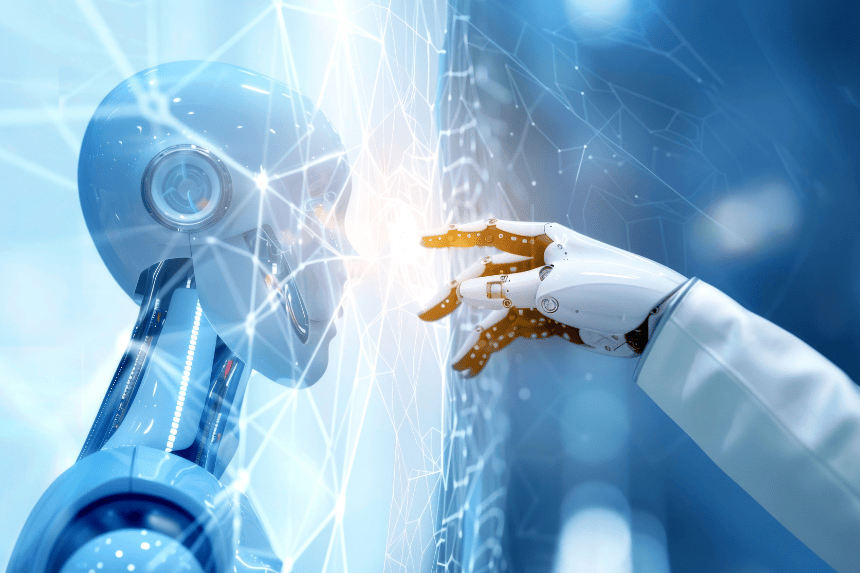
Ways To Use Microlearning To Train Your Multi-Generational Workforce
In 2019, more than ever before, L&D teams are facing the challenge to train employees across divergent profiles, given the multi-generational workforce which we see in most organizations. A typical team today may comprise of employees across 4 generations:
- Baby Boomers
- Gen X
- Gen Y
- Gen Z
It is quite likely that certain industries and organizations may even have a fifth one; the Traditionalists.
The multi-generational workforce presents a challenge of creating trainings for each of these profiles. Not only should training excite each one of them, but it should also provide the optimal mode of learning to each profile. Adding to the challenge, it is a fact that an approach that would excite one profile may be frivolous for another, and so on.
How Can You Address This Challenge?
Despite notable differences, there are several commonalities across generations. For instance,
- They all want to learn so that they can perform better.
- They want feedback that can help them improve further.
- They want to be part of a continuous learning process.
So, the answer lies in using a flexible approach that would excite and engage each profile of your multi-generational workforce. One of the possible options uses microlearning-based training to train your multi-generational workforce and offset this challenge.
In this article, I show you what microlearning strategies can help you train your multi-generational workforce.
What Are The Common Factors That Excite All Profiles And Can Be Used To Design Training For Your Multi-Generational Workforce?
As I have highlighted earlier, despite differences in each profile of the multi-generational workforce, there are several common aspects as well. L&D teams need to begin the exercise by taking note of what works with most of the employees.
With our experience at EI, we see the following wishlist across customers, geographies, and industry verticals. Most learners (across the multi-generational workforce) want the following aspects in their training:
- The training should be personalized.
- The learners should have the flexibility to pick up training “anytime and anywhere”.
- The training must be interesting and should be offered in new formats (not the obvious formats).
- The training should mesh with their lifestyle and should allow them the flexibility to learn effortlessly during their day, for example, while commuting, during waiting periods, or over the weekends. They do not want to block large chunks of time during work to accomplish this.
- The training should feature short, focused learning assets that can be consumed “on the go”.
- The training should be easy to access, and it should be available within the workflow, exactly at the moment of their need,, rather than having to access it over the LMS all the time.
- They should have the flexibility to consume on the device of their choice, and they should be able to move seamlessly across devices.
- The training should have the required mix of learning and reinforcements.
- The training should also have triggers to nudge the learners to review and should have room to practice.
- Based on each learner’s performance, there should be recommendations for further learning or remediation aids.
- The learning journey should provide a sense of achievement and recognition.
- The learning environment should provide learners with avenues to contribute and be recognized for this.
What Strategies Would Work To Design Training For Your Multi-Generational Workforce?
From the common factors, we can derive the training and learning strategies that would work across your multi-generational workforce, and the following aspects clearly stand out:
- Interesting and new formats
- Learning on the go
- Personalized learning
- Flexibility to pull learning nuggets by choice rather than be pushed by mandated trainings
- Just-in-time learning
- Room for collaboration and social learning
- Self-directed learning
Microlearning-based training for your multi-generational workforce, delivered across devices (notably, smartphones and tablets to laptops or desktops) provides an effective approach to meet the diverse expectations of each profile.
Microlearning based training features short focused learning nuggets, often 2-7 minutes long but always associated with a specific learning outcome. Designed to be delivered in high-impact formats, it facilitates a highly sticky learning experience.
You can use microlearning to map to each of the multi-generational workforce profile’s training needs as:
- Formal or structured learning
- Performance Support Tools (job aids or learning aids)
- Support to ILT
To meet the expectations of the diverse profiles, you can offer microlearning for your multi-generational workforce as:
- A standalone nugget, meeting a specific learning need as a just-in-time learning aid or job aid. This could support an ILT program or a traditional eLearning program.
- A series of nuggets in a learning path (for formal training as well as for reinforcements and practice).
Furthermore, to meet each of the multi-generational workforce profile’s training needs:
- With the microlearning approach for your multi-generational workforce, you can design the nuggets in multiple formats. You can opt for apps for learning, Video-based learning, decision making scenarios, interactive PDFs, and interactive infographics and so on. This ensures that the expectations of each profile are met.
- Additionally, you can offer the same learning in different formats so that employees have the flexibility to use a format that works best for them. For example, a video-based nugget can also be made available as a downloadable PDF.
You can use the following 10 creative strategies to offer microlearning-based training that would appeal to your multi-generational workforce:
- Personalized learning paths (based on proficiency or interest)
- Gamified learning paths
- Gamified quizzes
- Gamified challenges for proficiency validation and practice
- Video-based learning
- Interactive video-based learning
- Scenario-based learning
- Story-based learning
- New immersive approaches: AR, VR, MR, and wearable tech
- Leverage on AI to recommend further learning
It is given that each profile will embrace these learning strategies differently. Yet, microlearning-based training for your multi-generational workforce does provide an effective approach to address the common factors and the unique aspects that a given profile may require.
I hope this article does give you some pointers that you can use to offer a microlearning-based approach to train your multi-generational workforce. If you have any queries or need any specific support, do contact me at apandey@eidesign.net.
Read More:
- Free eBook: 18 Amazing Microlearning Formats for Employee Training That Will Help You Enhance Your Training Strategy
- Free eBook: 12 Examples That Prove Mobile Learning And Microlearning Is An Essential Combination To Meet Your Learning Mandate
- 15 Types Of Microlearning For Formal And Informal Learning In The Workplace
- Why You Should Adopt The Combination Of Microlearning And Mobile Learning In 2018
- Gamification And Microlearning: A Dynamite Combination
- 6 Amazing Examples – How Can You Use Microlearning Videos in Your Training
- Virtual Reality In eLearning – Using VR As A Microlearning Nugget For Induction And Onboarding



